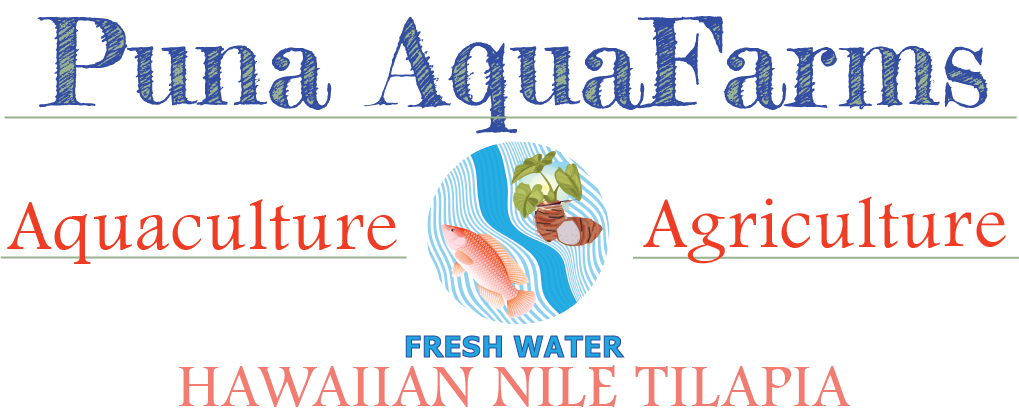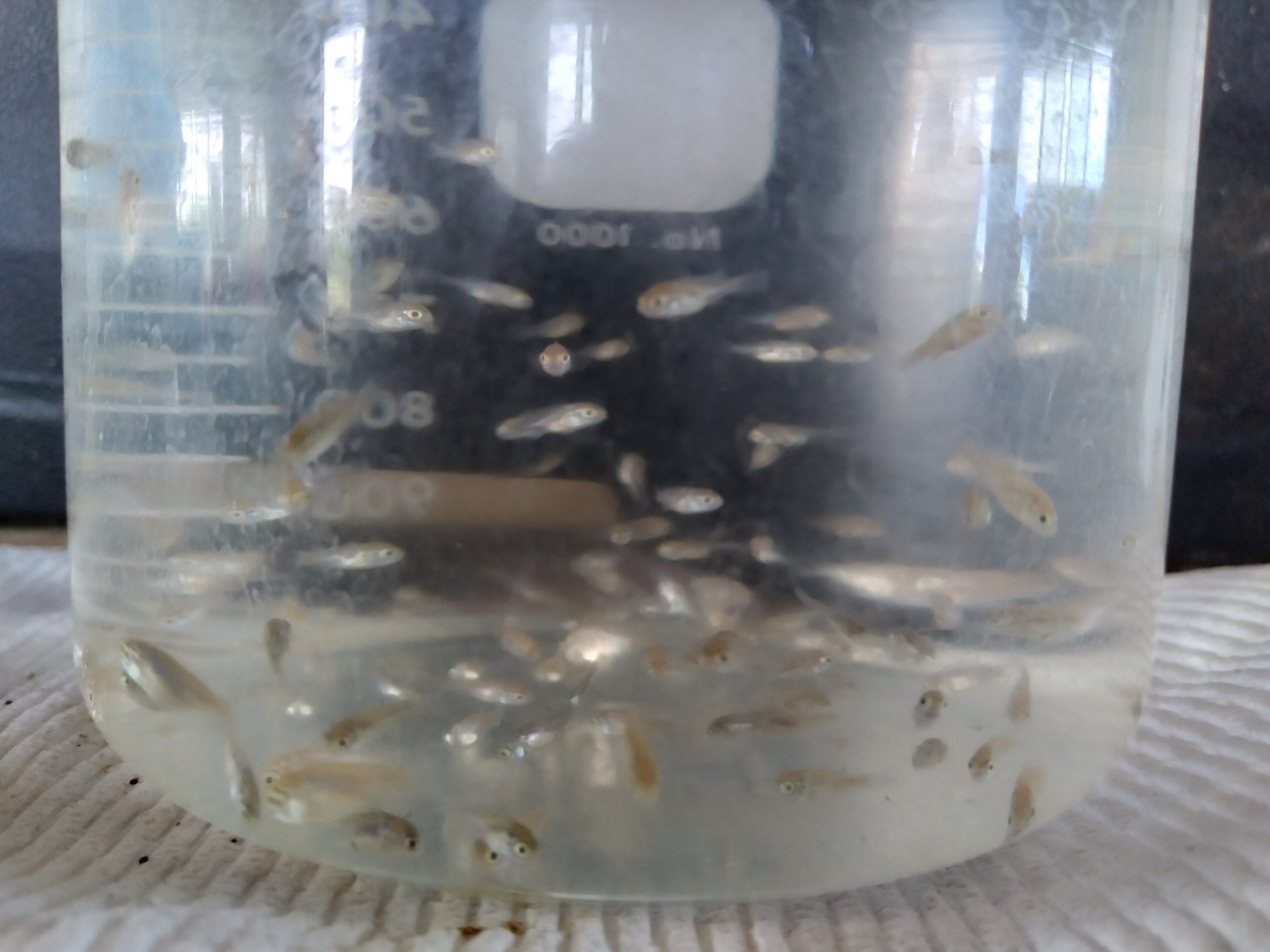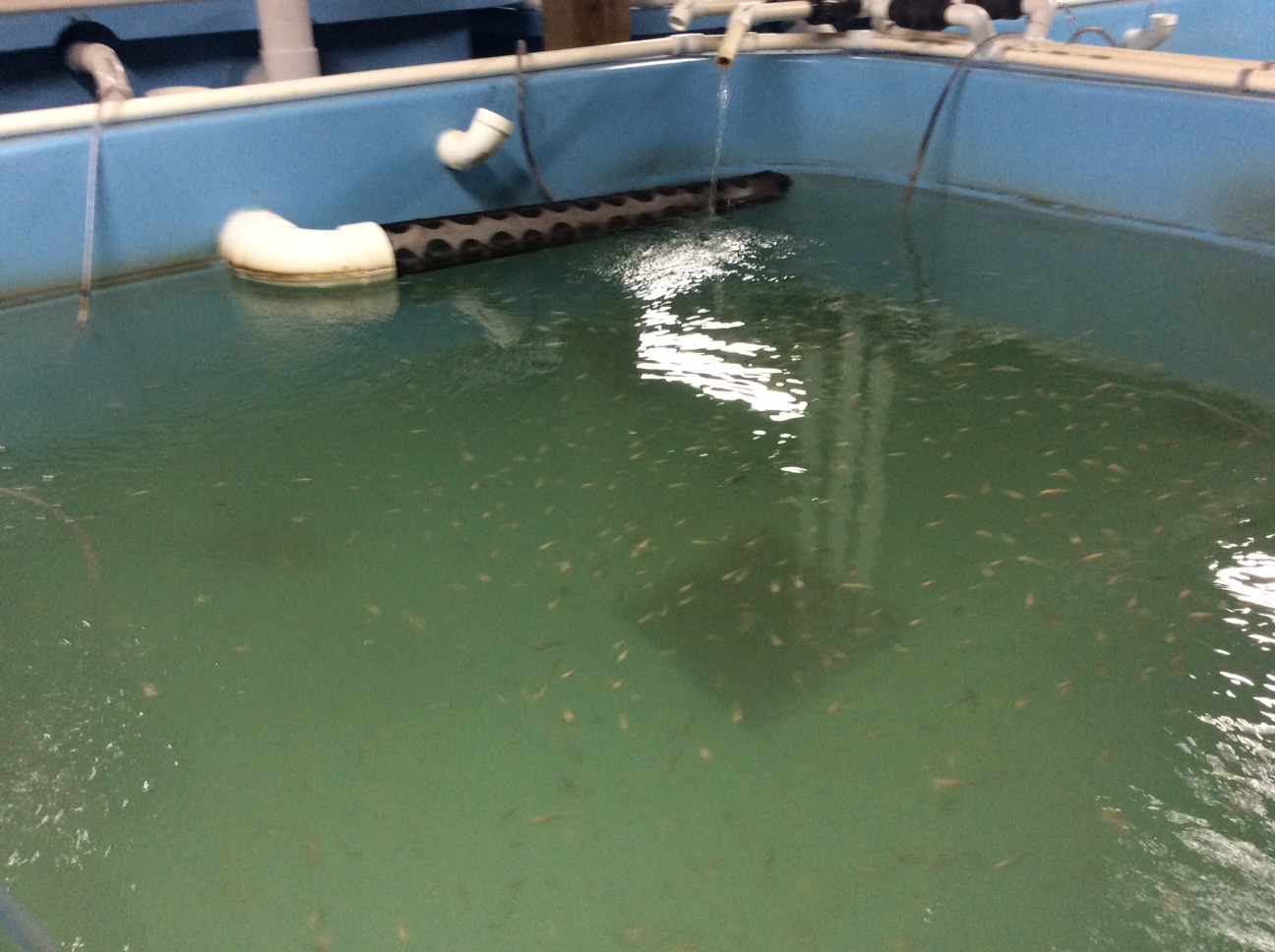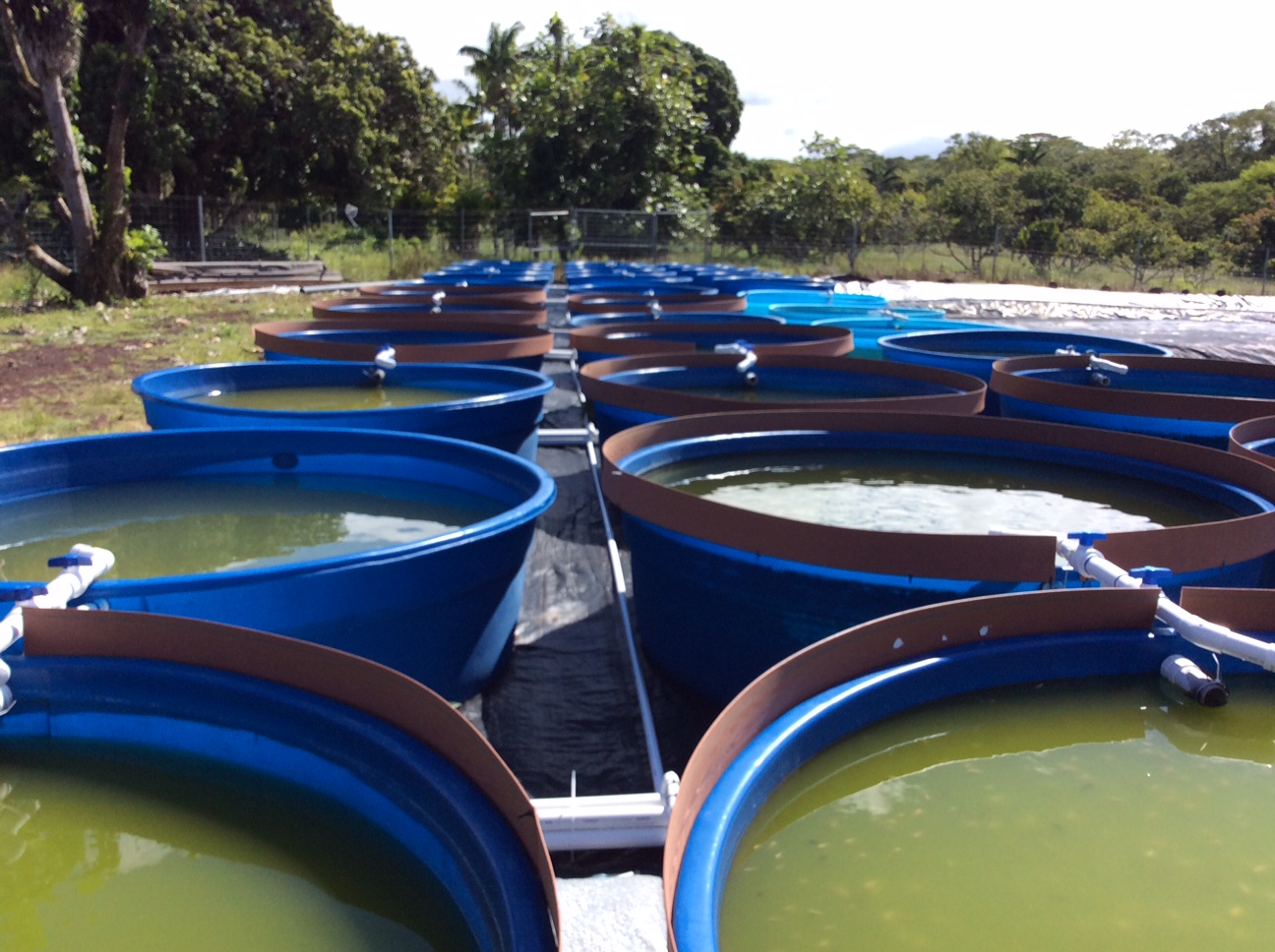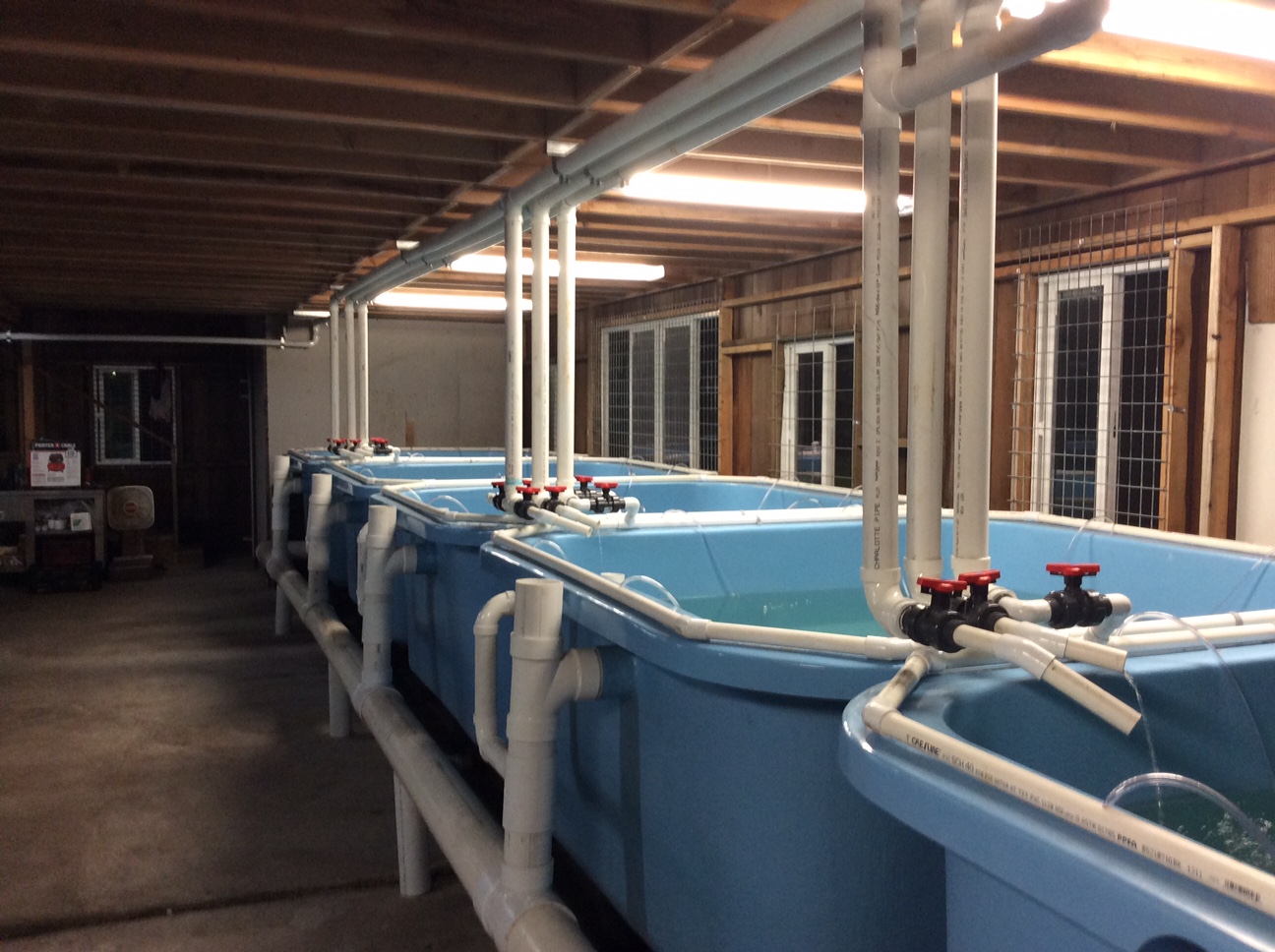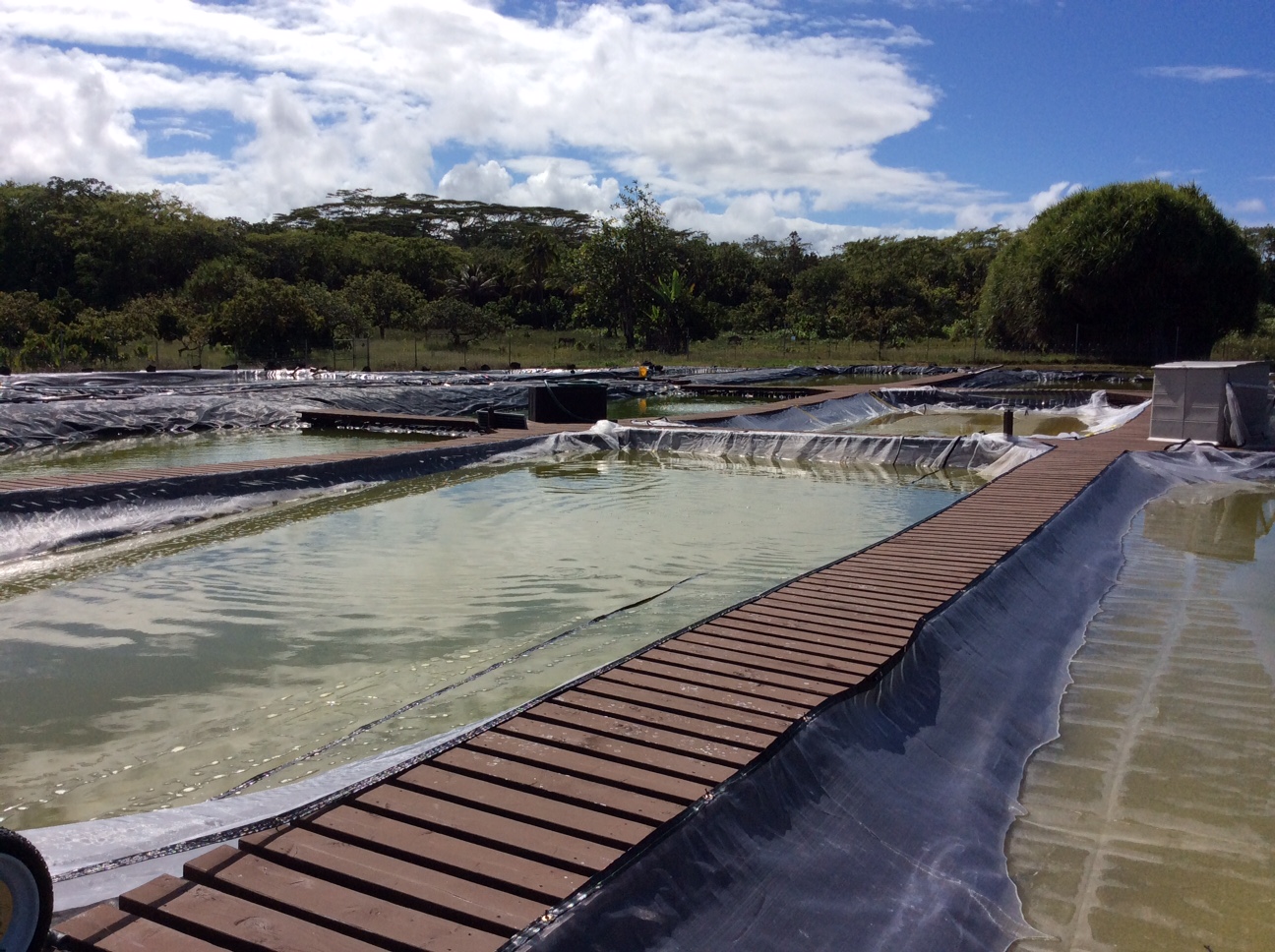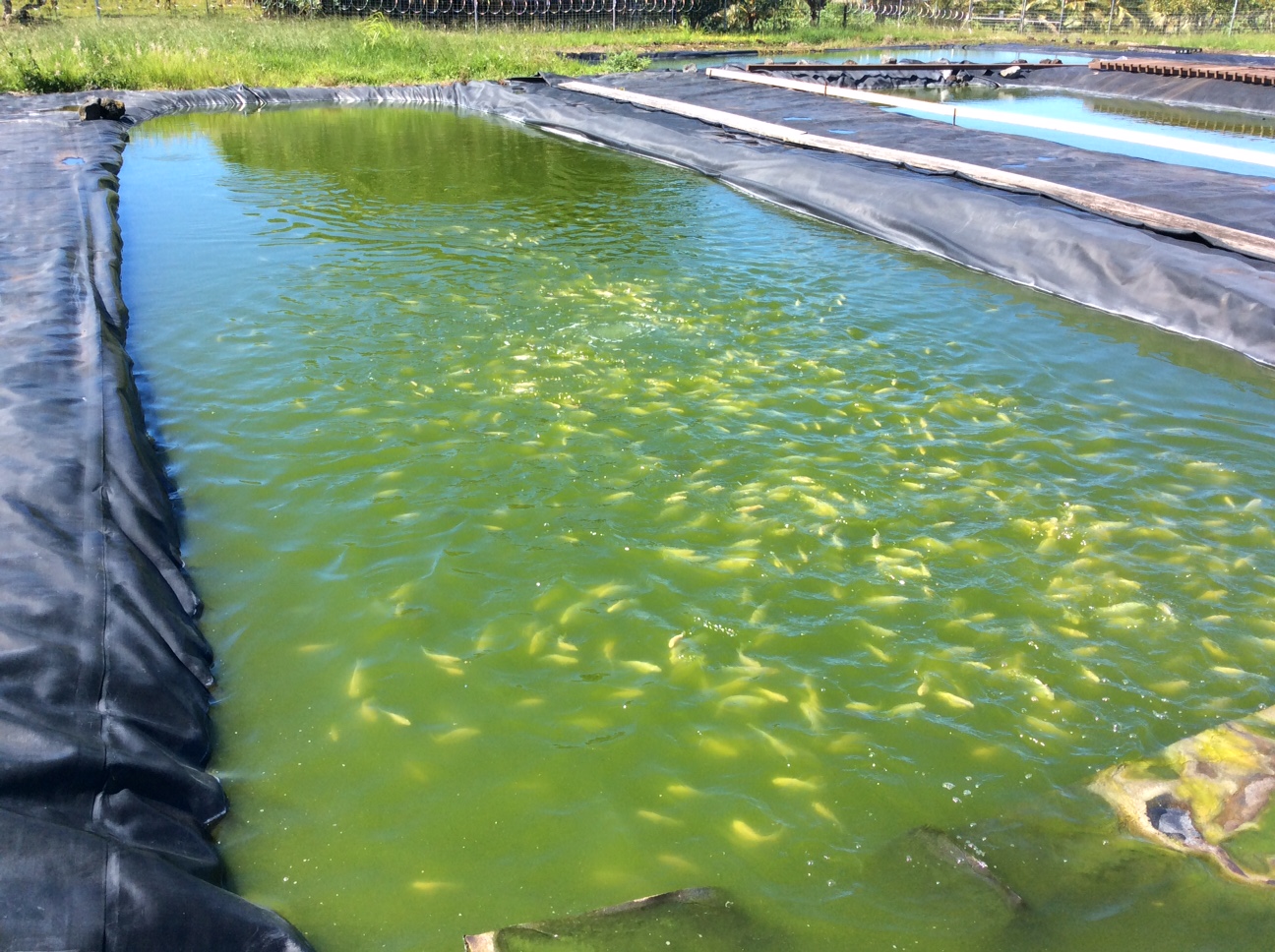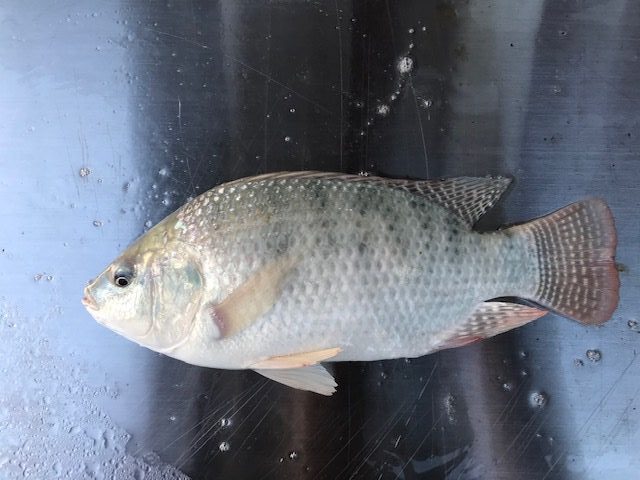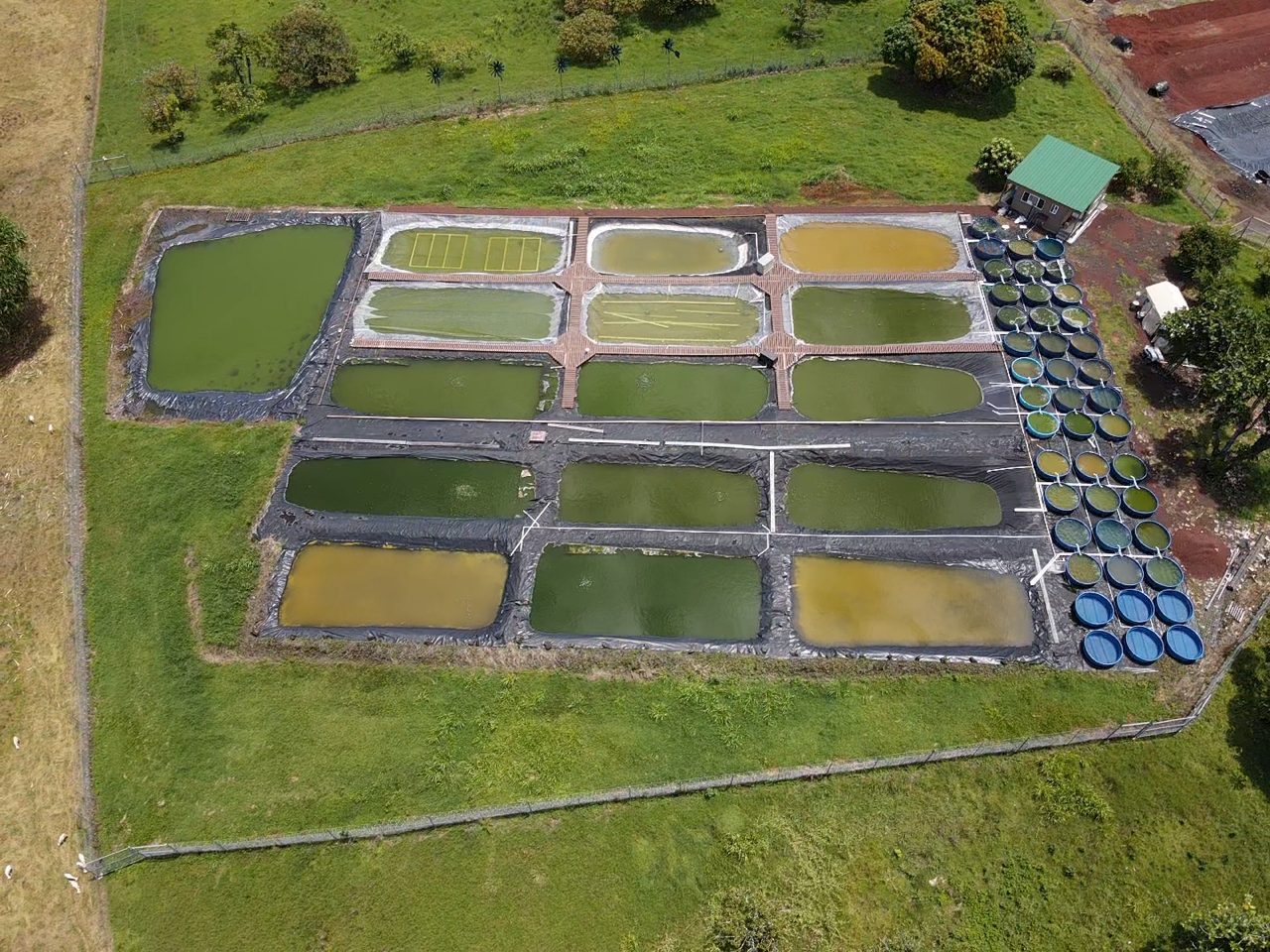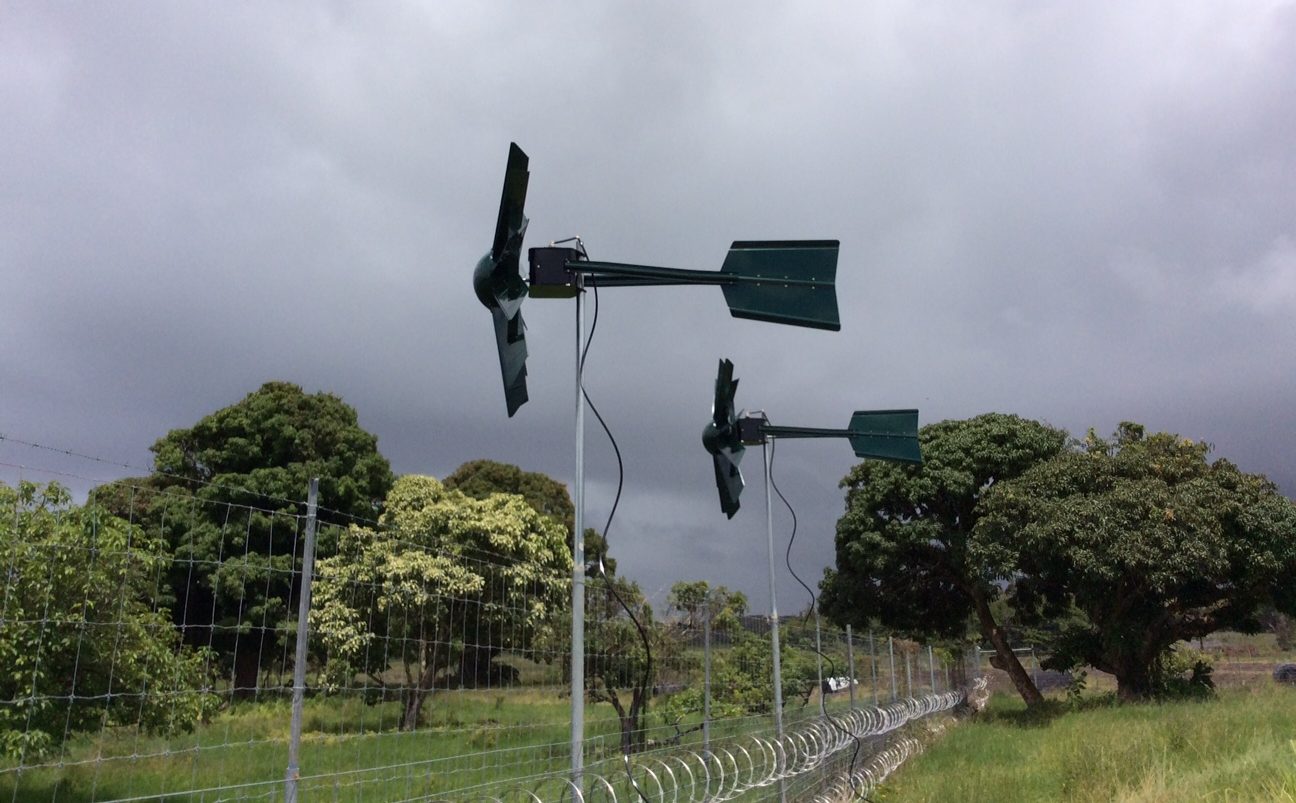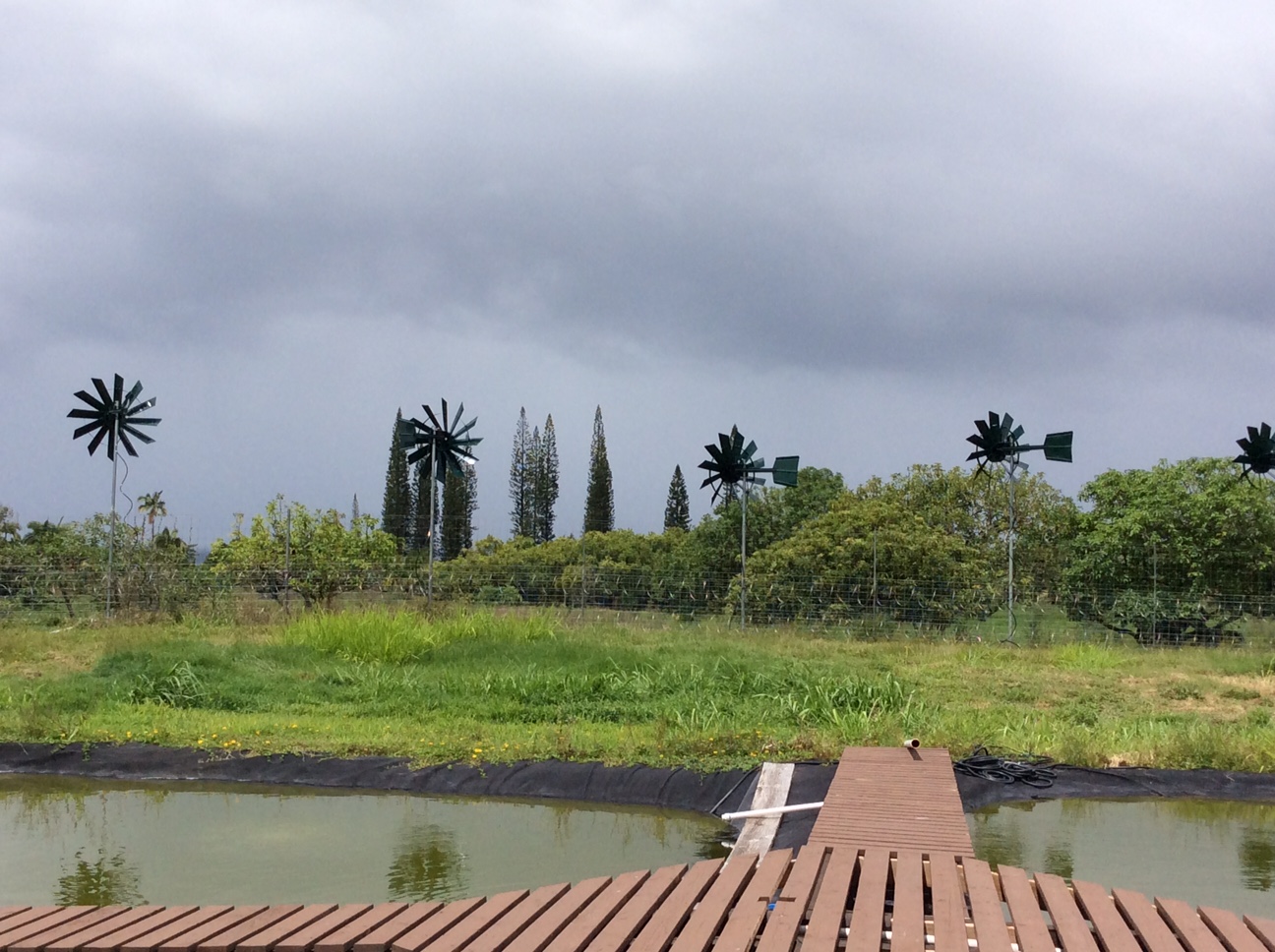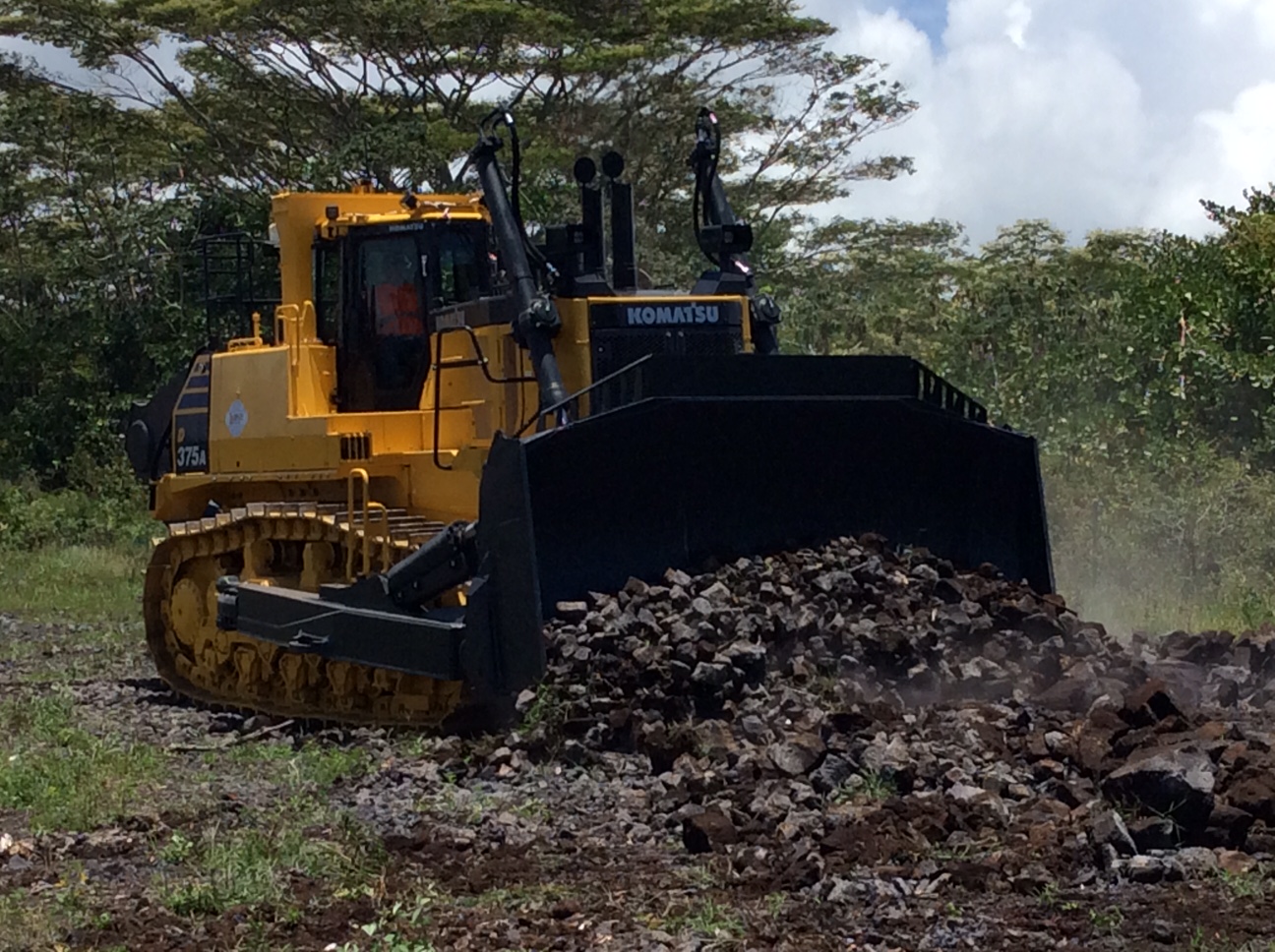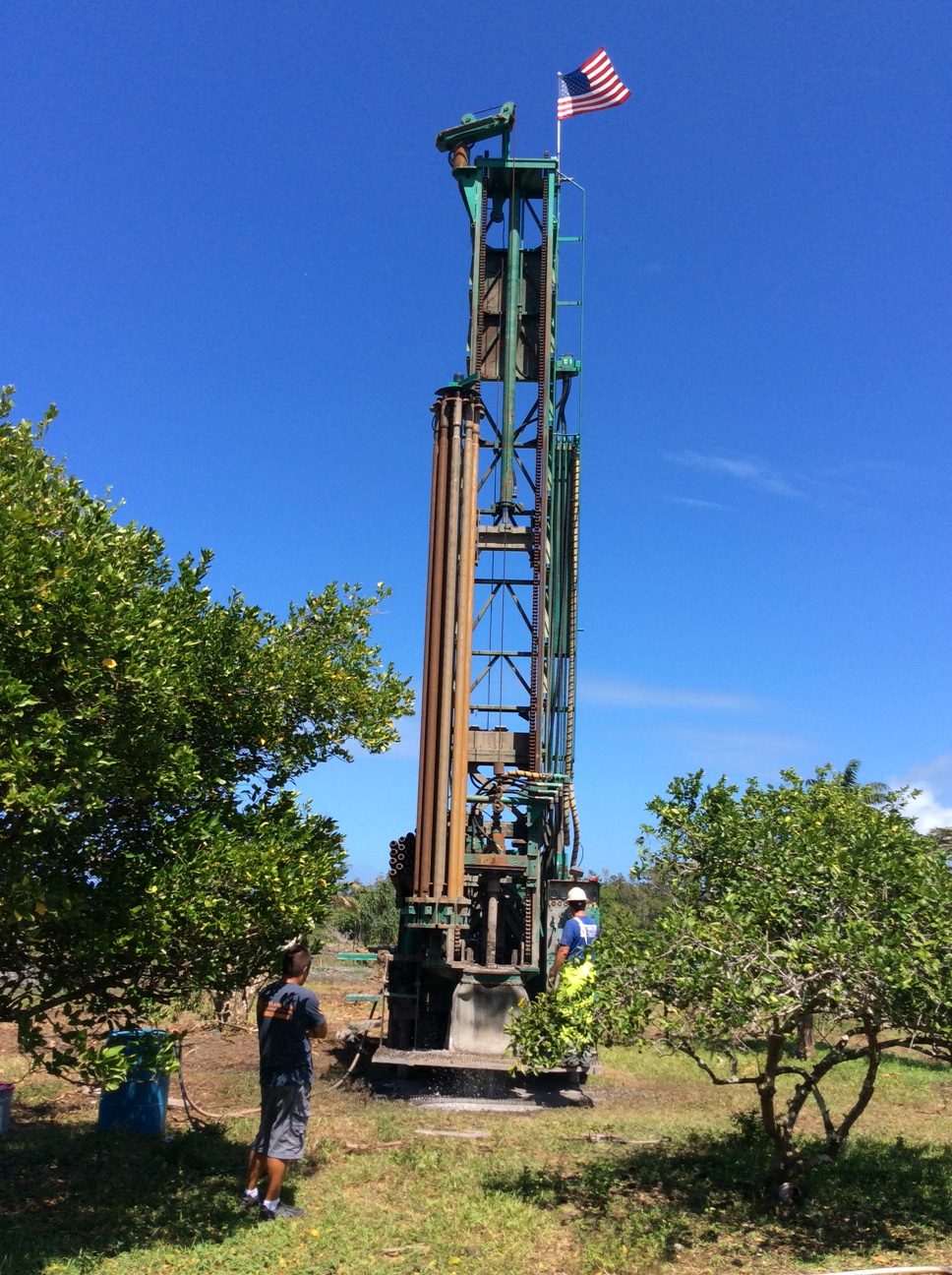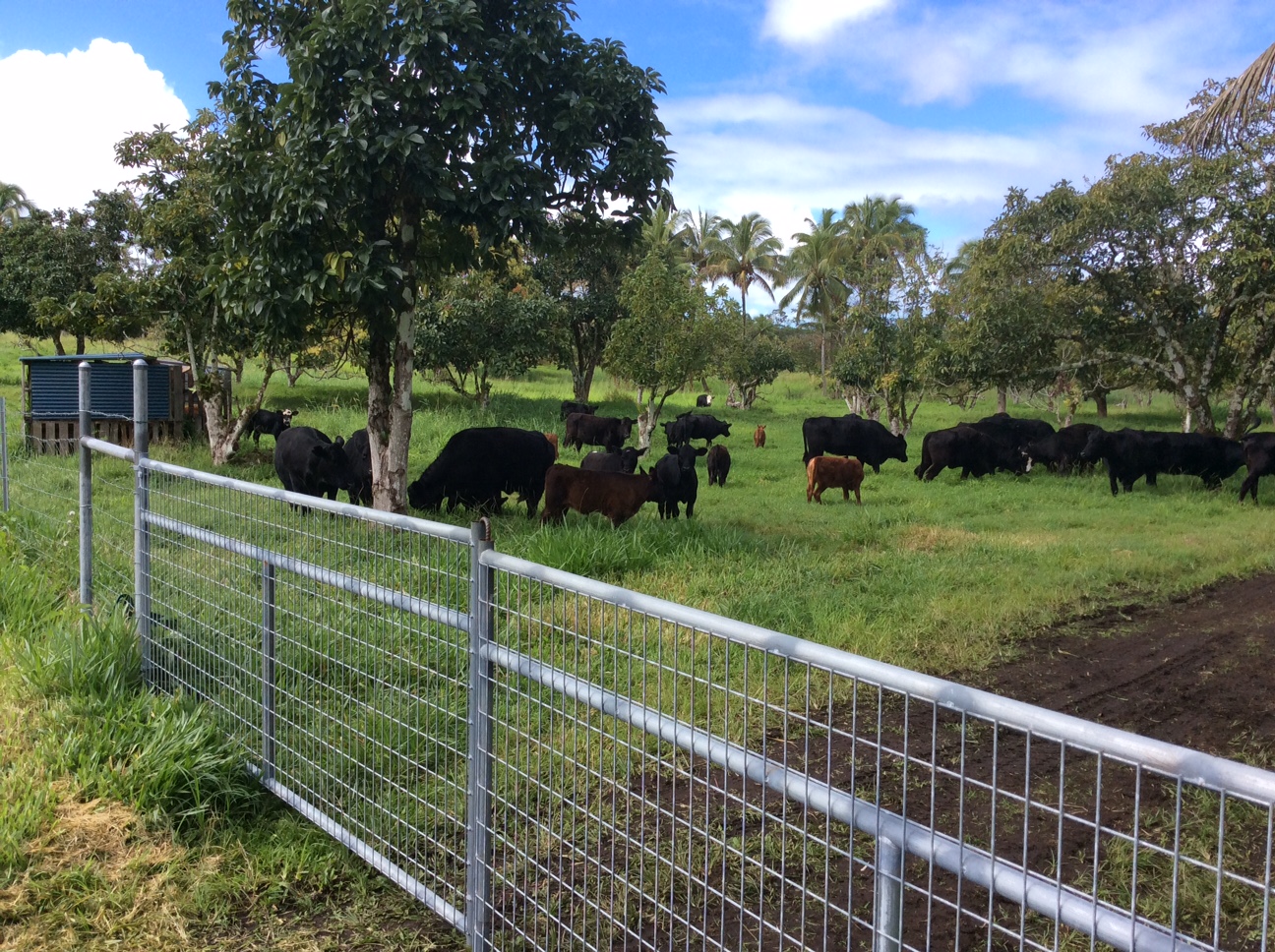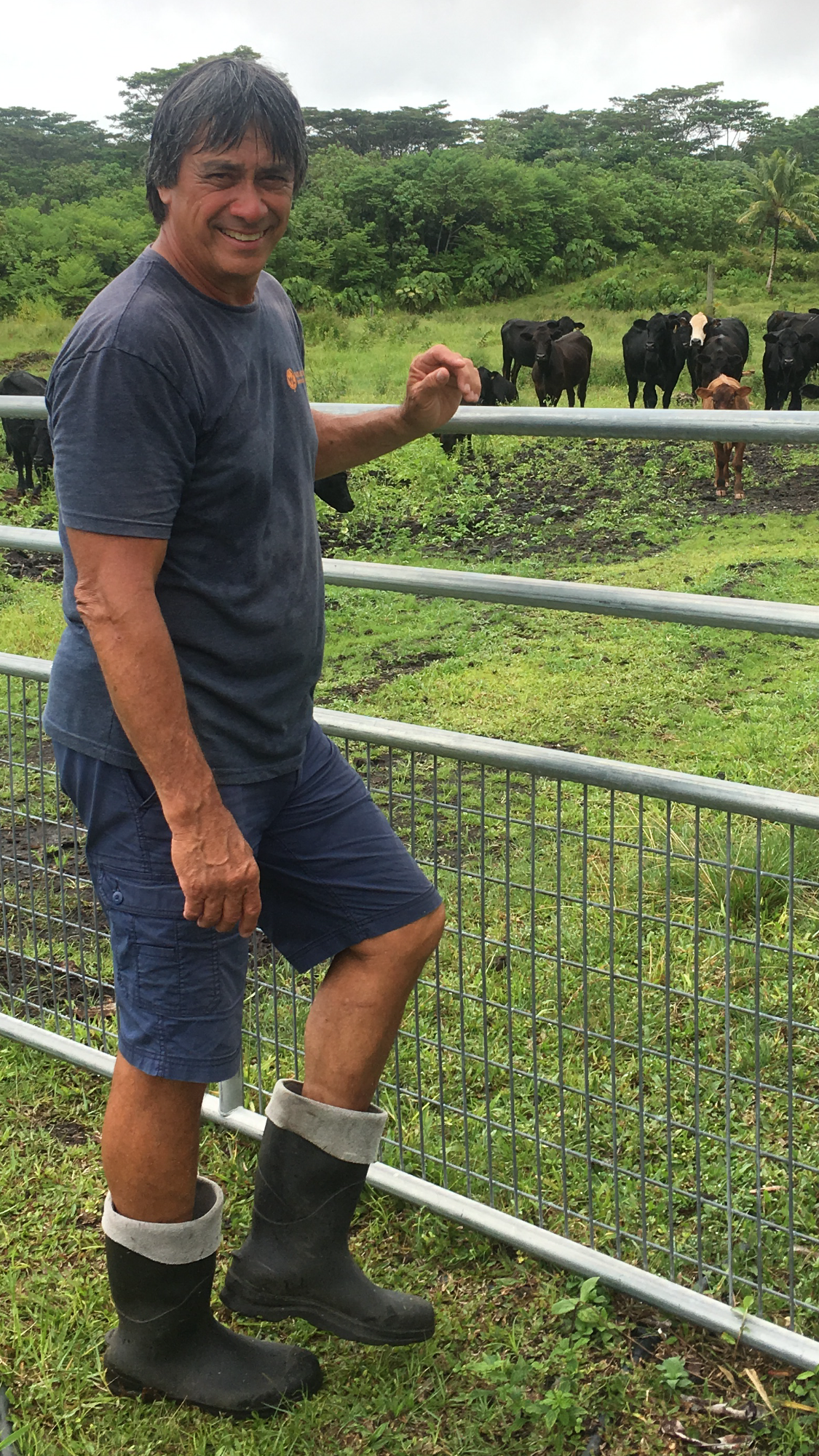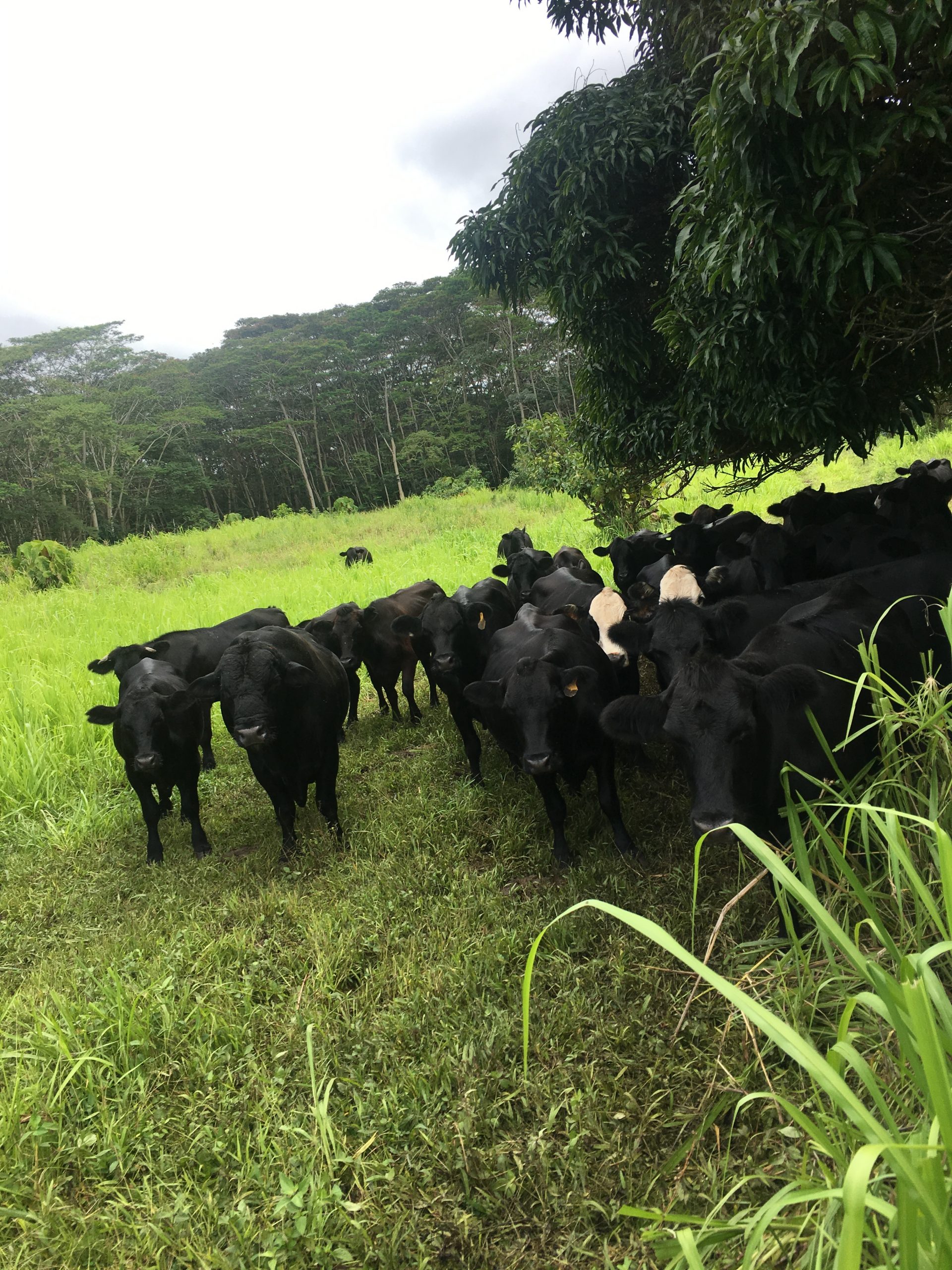Global Tilapia production has grown from 3 million tons in 2010 to an estimated 6 million in 2020 (GAA). This requires an estimated 5,000 fry for each ton produced or 30 trillion tilapia fry to reach this annual production level. As many tilapia farmers know if a mixed gender of tilapia is grown in any unit of production at the end of the growth cycle there will be many new cohorts of fish meaning the pond or cage contains thousands of small fish with few reaching market size. This is a disaster for farmers of tilapia.
Most of the global controlled production thus utilizes single sex tilapia (male only) and the sex reversal is performed in farms specializing in hatchery fry production or in some cases by the growers themselves. To any grower of tilapia there are two basic options for creating a single sex (male only population).
The first is to manipulate the genetics of the parent fish so that they create male only fish when they reproduce. These parent fish are either sold by the companies supplying them to farms that wish to propagate their own fry and are costly and need continuous replacement. Alternatively, they sell the single sex fry that they produce to growers. The second, and by far the most established system is to utilize the “window of opportunity” that exists in swim-up tilapia fry to influence the lack of gender (the fry are sexually non-determined in the first month of their lives) by feeding with male testosterone hormone in minuscule quantities in their feed.
This process is monitored in our hatchery by INAD a branch of the US Department of Fish and Wildlife under the FDA protocol for Tilapia all male hatchery production. Experimentation that we have performed shows that the dose of hormone required by the protocol used for the process is the minimum required to get to an all-male population and that the flesh content of the fish grown from fry contains no more (in fact less) hormone than mature fish that have not gone through the hormone feeding.
At Puna Aquafarms we perform the sex reversal process on the fry from our SPF (disease free) brood stock and FDA monitored procedures that ensure there is no residual hormones in the fish after grow. Furthermore, we monitor the residual hormone levels in our fry two weeks after treatment and on each batch of fry that we produce. It is on the basis of our biosecurity that we are able to provide both SPF and all male guarantees.
Due to the geographical position of our farm (Bio-secure and geographically distant from any natural watercourse), we are able to maintain a continuous monitor on the disease-free nature of the fry we sell while ensuring all male fry for stocking. Due to the capacity of our production facility and our unique hatchery process together with our overnight distribution network we can provide fry at cost that make the purchase of guaranteed SPF and 100% male fry a no brainer for all growers of tilapia wherever they are.
We are currently growing and harvesting two breeds of tilapia, the Oreochromis niloticus – Nile tilapia and the Oreochromis aureus – Blue tilapia. All our fry are bred from brood stock that has been bred for fast growth and efficient FCR in a breeding program from a combination of various Tilapia strains including Oreochromis niloticus and Oreochromis aureus. The original strains were imported to Hawaii Island nearly 20 years ago and have been kept since under quarantine conditions. All our fish are thus SPF (specific pathogen free) meaning the fish underwent specific pathogen and disease testing to ensure safe and healthy stock.
All tilapia food is sourced from Rangen Aquaculture Feeds and is specially designed for Tilapia on RAS systems to maximize growth and water quality. High pellet durability (water stability) and low fines help to maintain high water quality in your system. Premium fish meal and highly digestible raw material blend to produce good feed conversions.
The fish are hand raised and our harvesting process ensure minimal stress and disruption. We have fifteen inground breeding ponds which are 60 feet long and 30 feet wide currently and each hold about 200 breeders. There is a fine net in each pond and every 14 days we harvest each pond and average about 50,000 fry’s per harvest resulting in about 100,000 fry’s per month per pond. We have 12 new ponds which are 200 feet long and 30 feet wide which is now under construction for future growing.



